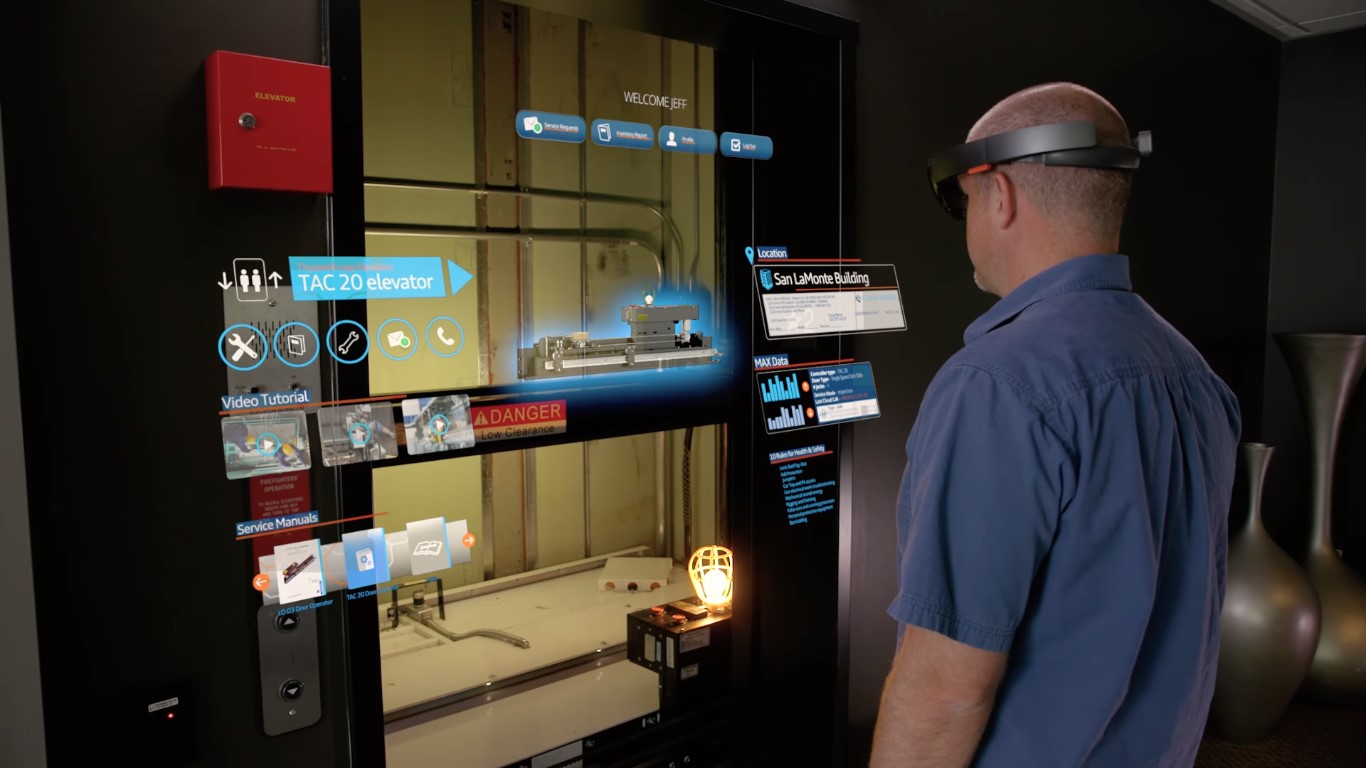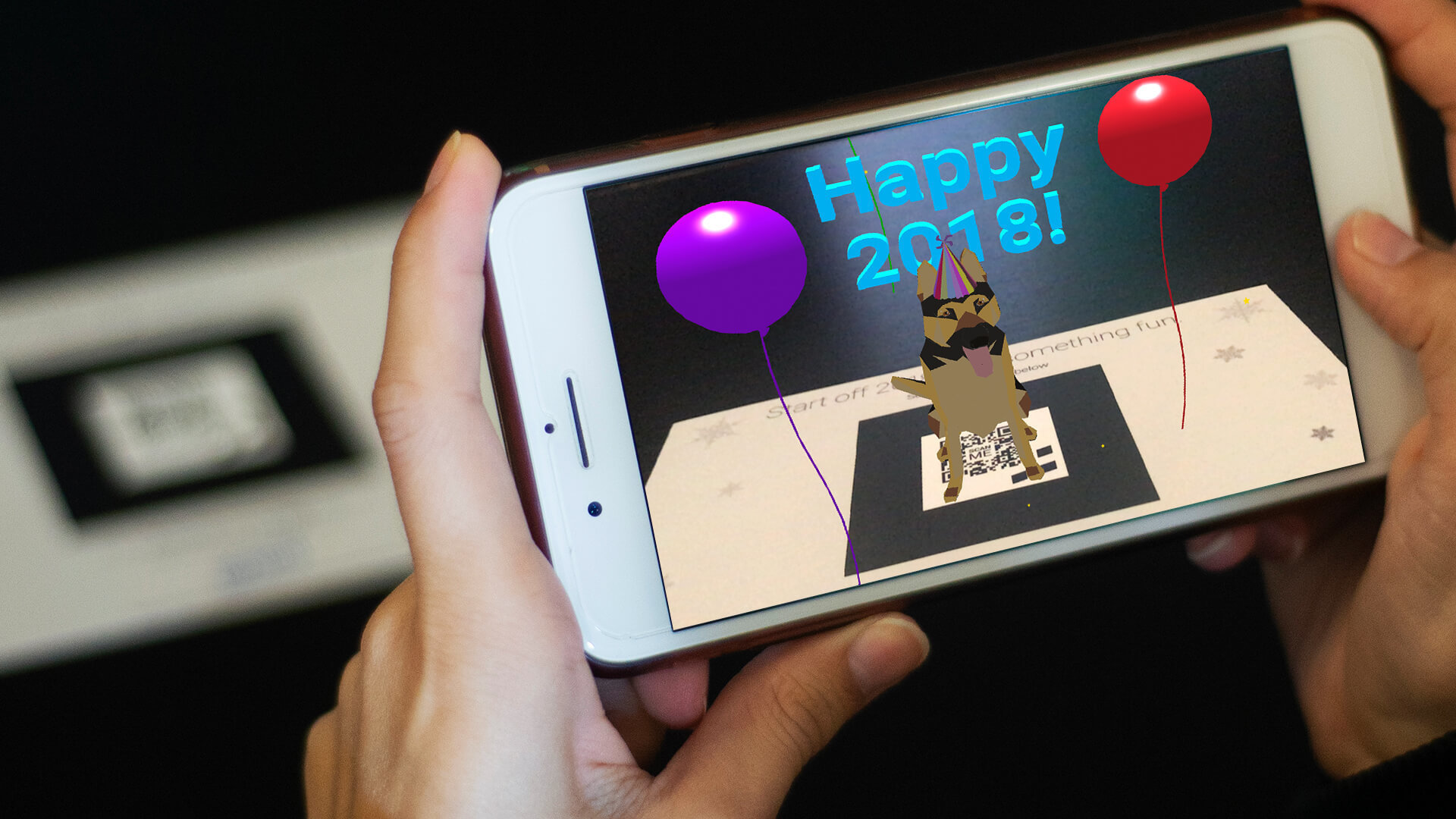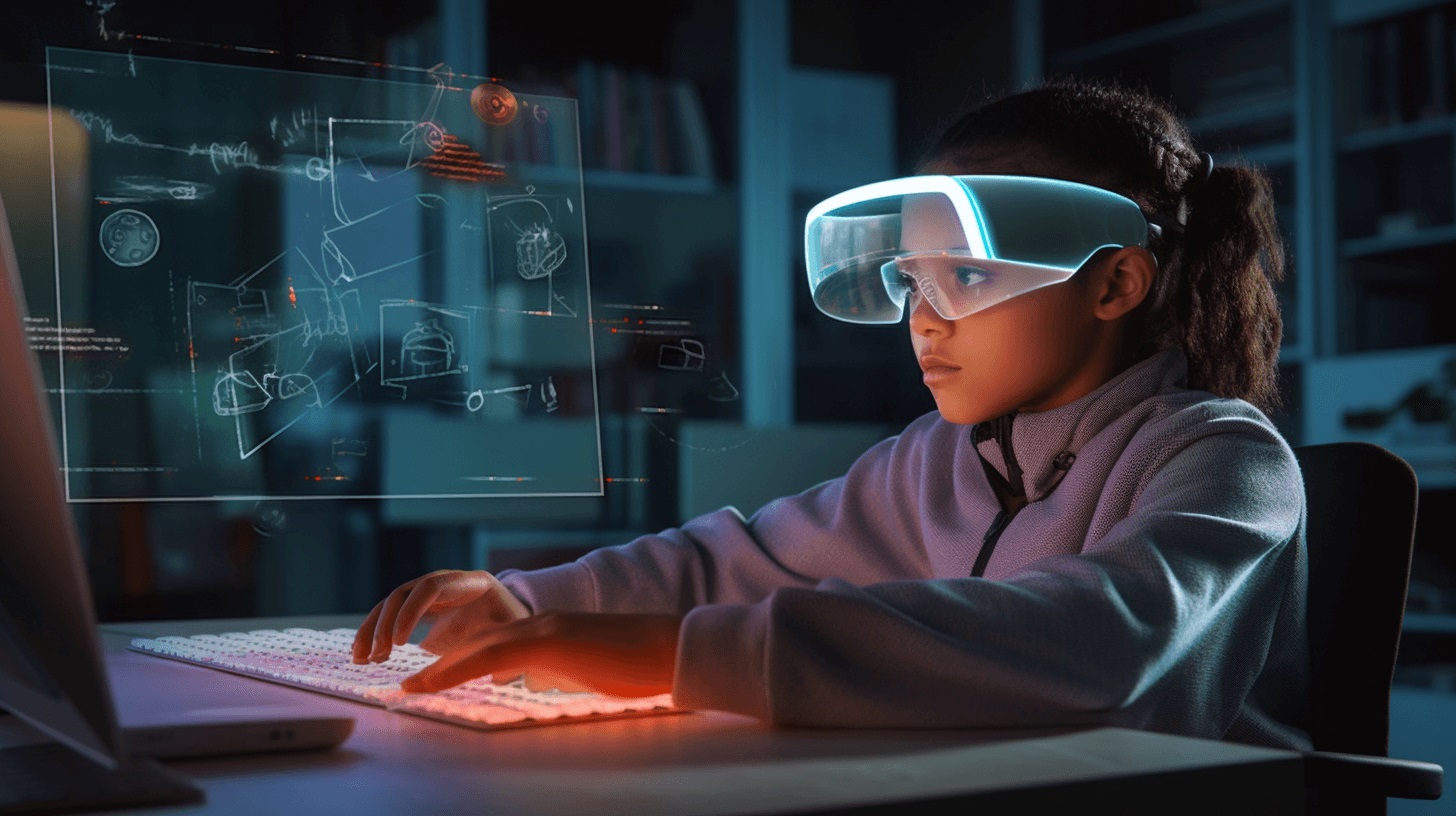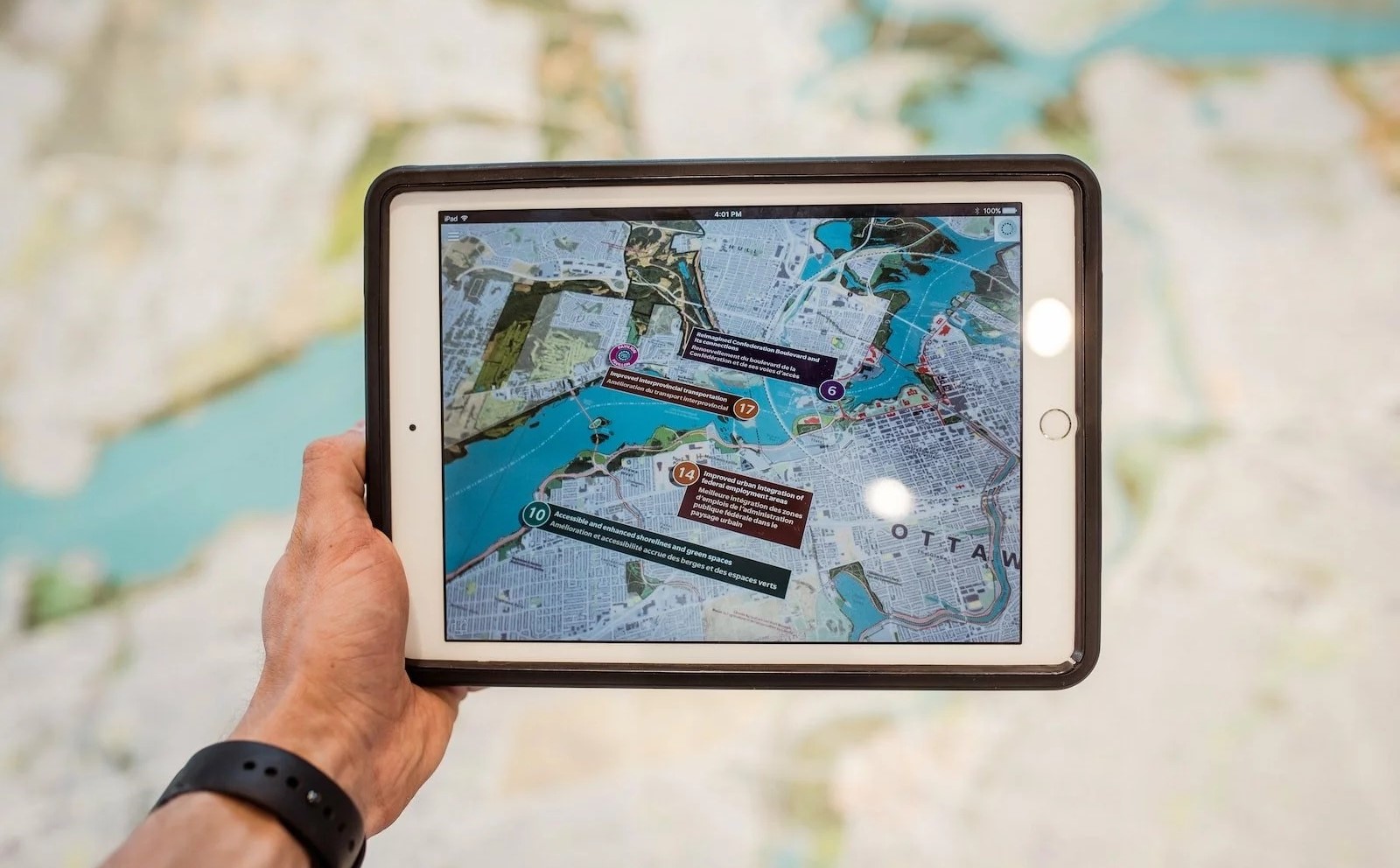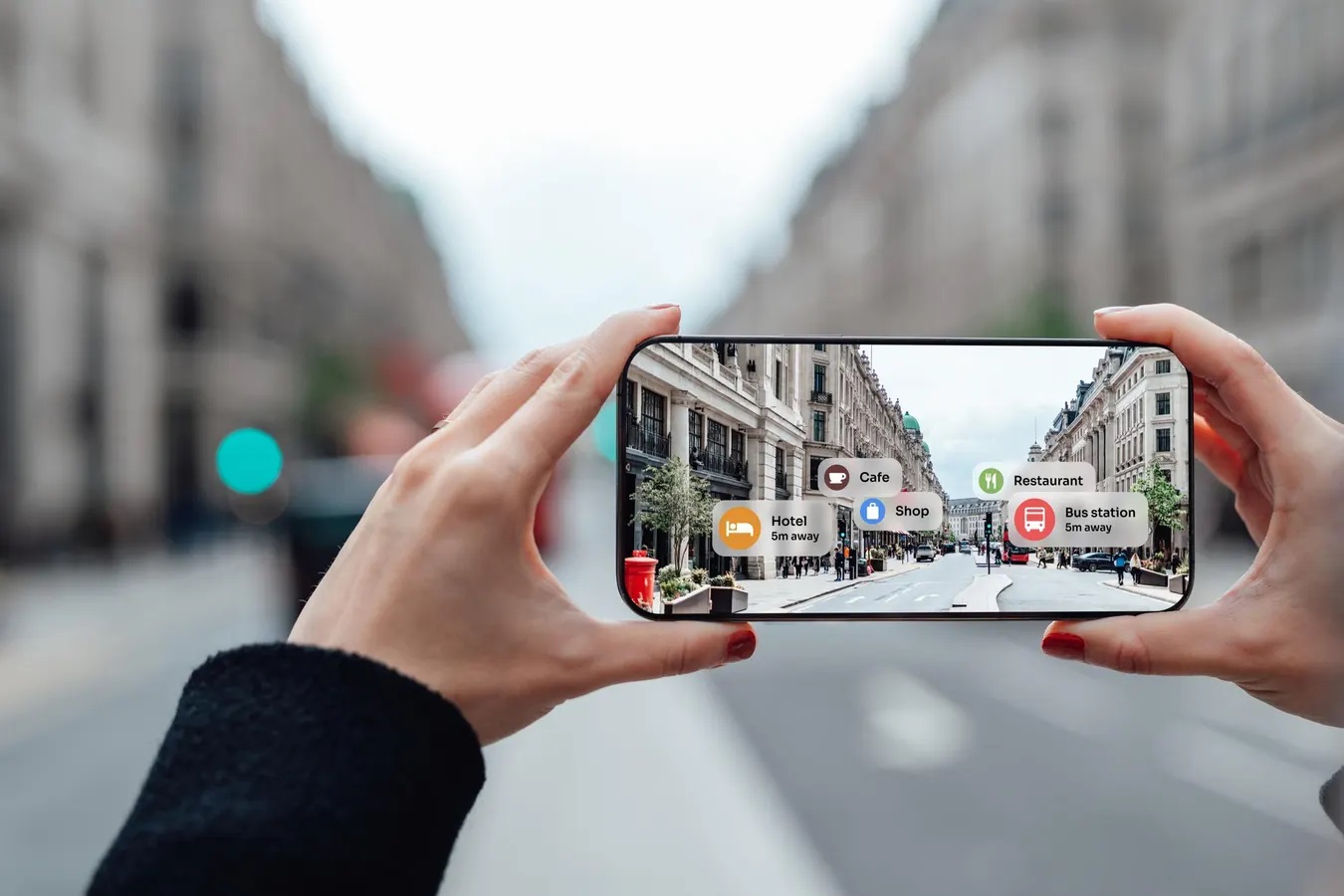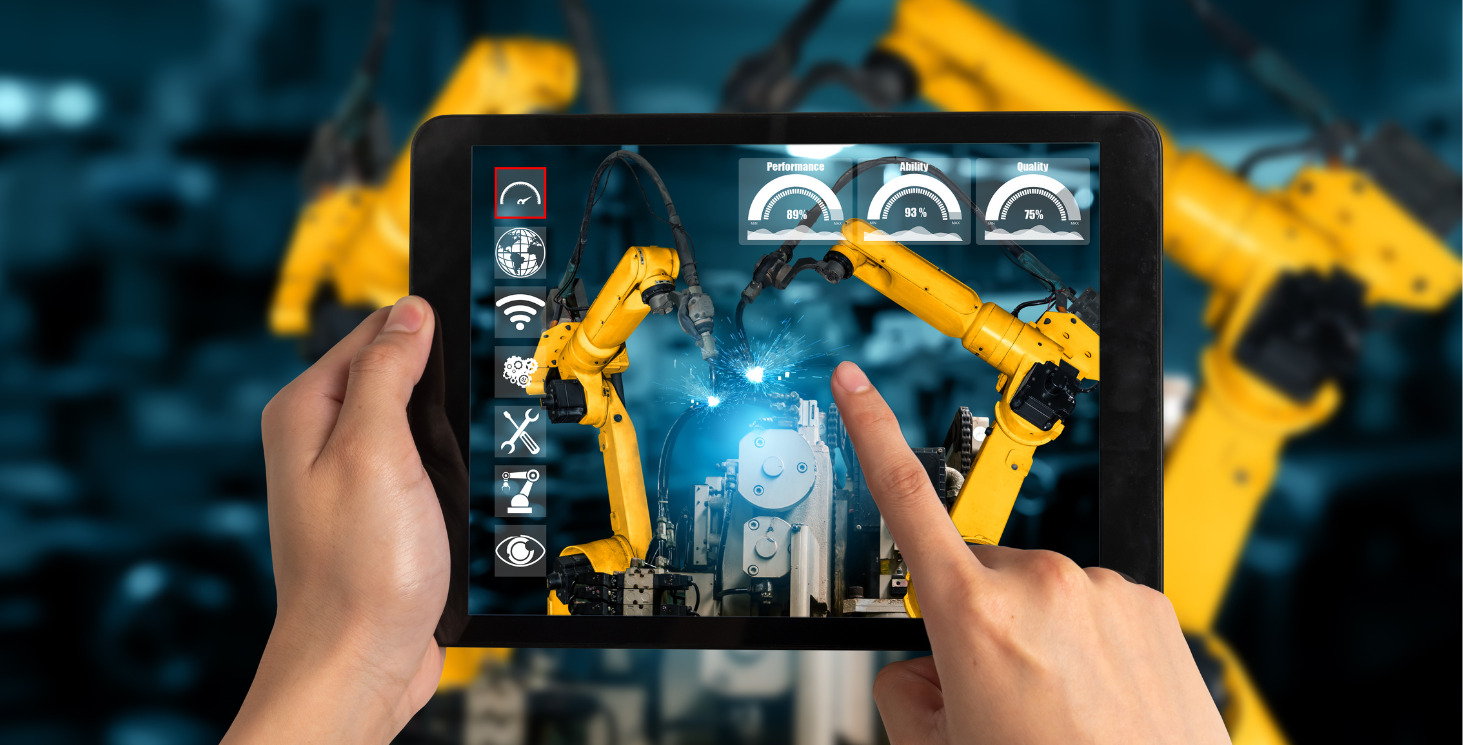Home>Latest News>Technology Trends>Comparing Augmented Reality and Virtual Reality
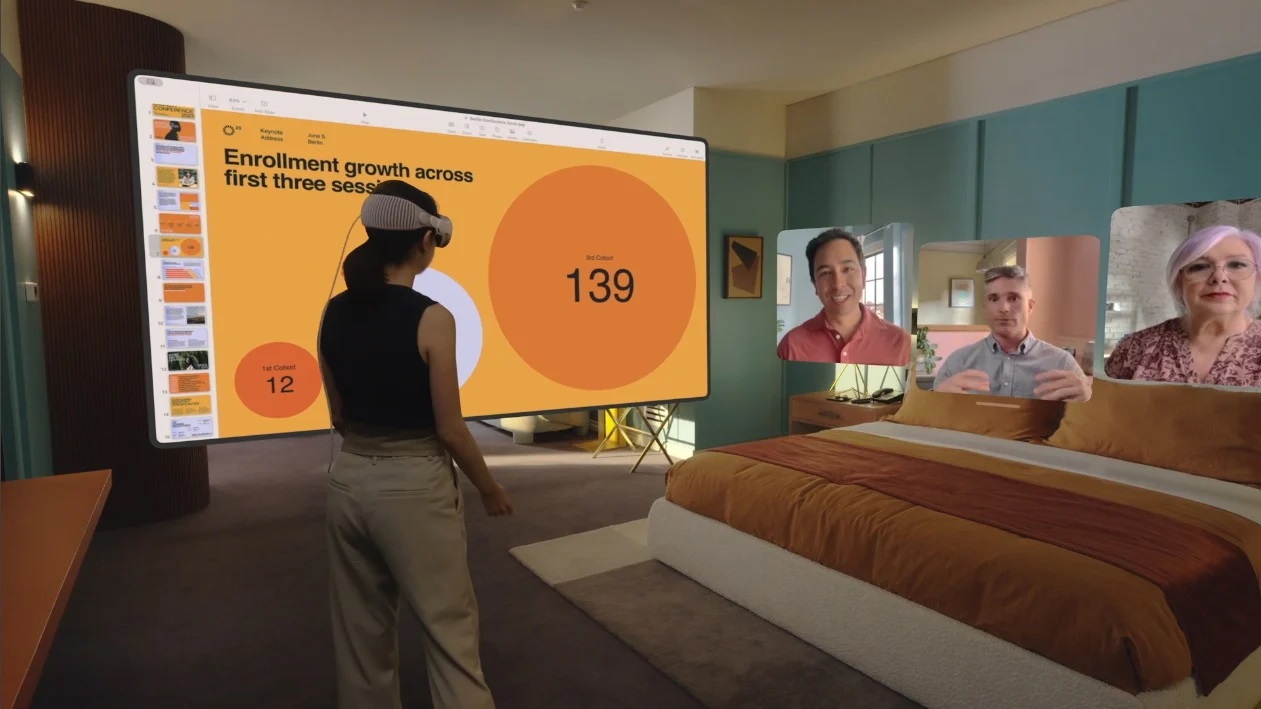

Technology Trends
Comparing Augmented Reality and Virtual Reality
Modified: September 5, 2024
Discover the latest technology trends by comparing augmented reality and virtual reality. Stay ahead with insights on the future of immersive experiences.
(Many of the links in this article redirect to a specific reviewed product. Your purchase of these products through affiliate links helps to generate commission for Techsplurge.com, at no extra cost. Learn more)
Table of Contents
Definition and User Experience
Read more: The Advantages of Augmented Reality
Augmented Reality (AR)
Augmented Reality overlays digital information, such as text, images, or videos, onto the real world. This enhancement allows users to interact with both physical and virtual environments simultaneously. AR can be experienced through various devices including smartphones, tablets, and specialized AR glasses and head-mounted displays. The user's perception of the real world is enhanced by adding digital elements, making AR a more natural and interactive experience.
Virtual Reality (VR)
Virtual Reality creates a fully immersive digital environment that the user can interact with. The user is completely immersed in the virtual world and is unable to see the real world. VR typically requires specialized headsets that cover the user's eyes, blocking out the real world and providing a more immersive experience. This isolation allows VR to transport users to entirely new digital environments, making it a more immersive and interactive experience.
Interaction with the Environment
Augmented Reality
AR interacts with both digital elements and the real world. Users can see and interact with the physical environment while also experiencing digital overlays. For example, in Pokémon Go, players can see virtual Pokémon that appear in the real world through their smartphone cameras. This integration makes AR more accessible and less complex in terms of setup and usage.
Read more: Augmented Reality Business Card
Virtual Reality
VR interacts primarily with the virtual environment. The user's interaction is limited to the digital world created by the VR system. For instance, in a VR gaming experience, the user is fully immersed in the virtual game environment and cannot see or interact with the real world. This limitation results from the need for specialized hardware to block out the real world and create an immersive experience.
Hardware Requirements
Augmented Reality
AR can be experienced through a variety of devices, including smartphones, tablets, and specialized AR glasses. This accessibility makes AR more portable and easier to use in everyday life. Many AR apps work seamlessly on smartphones and tablets, which are devices that most people already own. This integration with existing technology makes AR more accessible to a wider audience.
Read more: Augmented Reality Business Card
Virtual Reality
VR requires specialized hardware such as headsets like Oculus Rift, HTC Vive, or PlayStation VR. These headsets cover the user's eyes, providing a fully immersive experience. The need for dedicated hardware makes VR less portable and more complex to set up compared to AR. However, this specialized equipment also allows for a more sophisticated and immersive experience.
Applications
Augmented Reality
AR is widely used in various fields including education, manufacturing, and advertising. Examples include:
- Education: AR creates interactive learning experiences where students can see 3D models and animations overlaid on textbooks or real-world objects.
- Manufacturing: AR assists in training and maintenance tasks, allowing workers to see step-by-step instructions and real-time data superimposed on physical equipment.
- Advertising: AR creates interactive ads that allow customers to see products in 3D before making a purchase.
Read more: Augmented Reality Business Card
Virtual Reality
VR is primarily used in gaming, immersive training, metaverse, virtual tours, and therapeutic uses. Examples include:
- Gaming: VR provides a fully immersive experience that enhances gameplay.
- Immersive Training: VR simulates real-world scenarios for military, medical, and other professional training.
- Metaverse: VR allows users to interact with virtual environments in a more realistic way.
- Virtual Tours: VR provides a 360-degree view of places that users cannot physically visit.
- Therapeutic Uses: VR simulates situations that may trigger a patient's phobias or traumas, helping them to overcome these issues.
Immersion Level
Augmented Reality
AR provides a partial immersion experience. The user is aware of the real world and can see both the physical environment and the digital overlays. This partial immersion makes AR more practical for everyday use and allows users to maintain awareness of their surroundings.
Read more: Augmented Reality Business Card
Virtual Reality
VR provides a full immersion experience. The user is completely immersed in the virtual environment and loses all contact with the real world. This full immersion makes VR more suitable for applications requiring a high level of engagement and interaction with the digital world.
Portability
Augmented Reality
AR is generally more portable and accessible. Many AR apps work seamlessly on smartphones and tablets, which are devices that most people already own. This portability makes AR more convenient for use in various settings, from shopping to education.
Read more: Augmented Reality Business Card
Virtual Reality
VR is less portable due to the need for specialized hardware. VR headsets are typically larger and more complex to set up compared to AR devices. This limitation makes VR less convenient for use in everyday life but more suitable for dedicated applications like gaming and immersive training.
Development Complexity
Augmented Reality
AR is less complex in terms of development. Since AR integrates with the real world, it requires less content creation and can be developed using existing technology. This simplicity makes AR more accessible to developers who can create AR experiences using standard programming languages and tools.
Read more: Augmented Reality Business Card
Virtual Reality
VR is more complex in terms of development. The need to create entire virtual environments and detailed graphics requires more sophisticated software and hardware. This complexity makes VR development more challenging but also allows for more sophisticated and immersive experiences.
Read more: Augmented Reality Programming
Cost
Augmented Reality
AR is often lower in cost due to the use of existing devices like smartphones and tablets. Many AR apps are free or low-cost, making them accessible to a wider audience. The integration with existing technology also reduces the need for additional investment in hardware.
Read more: Augmented Reality Business Card
Virtual Reality
VR can be higher in cost due to the need for specialized hardware and more complex software. VR headsets and the necessary equipment can be expensive, making VR less accessible to some users. However, the high cost also reflects the advanced technology and immersive experience provided by VR.
Practical Examples
Read more: The Future of Augmented Reality
Augmented Reality Examples
- Pokémon Go: A mobile game where players catch virtual Pokémon that appear in the real world through their smartphone cameras.
- IKEA Place: An app that allows users to virtually place furniture in their home to see how it looks before making a purchase.
- Google Translate: An app that uses AR to translate text in real-time through the smartphone camera.
- Medical Training: Doctors and nurses can practice procedures using AR simulations before performing them on real patients.
Virtual Reality Examples
- Oculus Rift: A popular VR headset used for gaming and entertainment.
- Job Simulation: VR is used to train workers for jobs such as welding, flying, or surgery.
- Google Earth VR: An app that allows users to explore the world in VR.
- Psychological Therapy: VR is used to simulate situations that may trigger a patient's phobias or traumas, helping them to overcome these issues.
Final Thoughts
Both AR and VR offer unique benefits and applications, catering to different needs and user experiences. AR enhances the real world with digital elements, making it more accessible and practical for everyday use. VR creates a fully immersive digital environment, providing a more immersive and interactive experience but requiring specialized hardware and more complex setup.
Understanding the differences between AR and VR is essential for businesses and developers when deciding which technology to invest in or integrate into their products and services. Each technology has its unique strengths and is suited to different applications and user experiences. As these technologies continue to evolve and integrate into various sectors, recognizing their potential and limitations will help maximize their impact.

